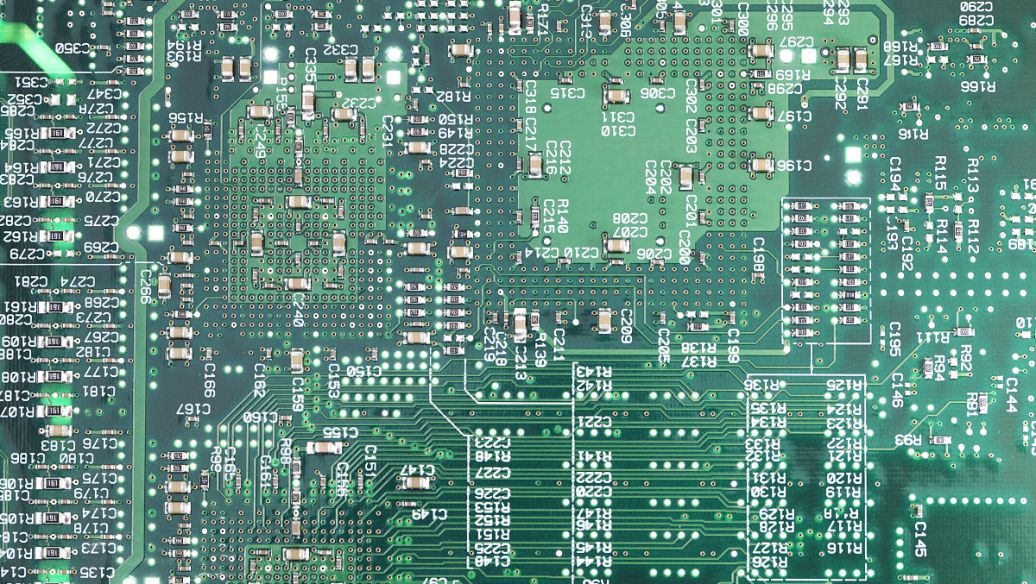 +86 755 2794 4155
+86 755 2794 4155  sales@knownpcb.com
sales@knownpcb.com
-
Shenzhen KNOWNPCB Technology Co., Ltd.
 +86 755 2794 4155
+86 755 2794 4155  sales@knownpcb.com
sales@knownpcb.com
 2024-10-24
2024-10-24
 144
144

The PCB flying probe test is a method used to test the electrical functionality of printed circuit boards (PCBs). This test is performed using specialized equipment that consists of multiple probes that can move independently and make contact with the PCB at different points.
The flying probe test works by sending electrical signals through the PCB and measuring the responses at various points. The probes are programmed to move to specific locations on the PCB and make contact with the conductive traces or pads. The test equipment then applies electrical stimuli, such as voltage or current, and measures the resulting responses, such as resistance, capacitance, or inductance.
One of the main advantages of the flying probe test is its flexibility. Since the probes can move independently, they can test PCBs of different sizes and shapes without the need for custom fixtures or test jigs. This makes the flying probe test ideal for small-volume production runs or for testing prototypes.
Another advantage of the flying probe test is its speed. The probes can move quickly and make contact with multiple points on the PCB in a short amount of time, reducing the overall test time compared to other testing methods. Additionally, the flying probe test can detect a wide range of electrical faults, including open circuits, short circuits, and component failures.
However, the flying probe test also has some limitations. It may not be as accurate as some other testing methods, especially for complex PCBs with high-density components. Additionally, the flying probe test may not be able to detect some types of faults, such as intermittent or latent faults.
the PCB flying probe test is a useful tool for testing the electrical functionality of PCBs. Its flexibility and speed make it a popular choice for small-volume production runs and prototyping, but it should be used in conjunction with other testing methods to ensure the highest level of quality and reliability.

Or call +86 755 2794 4155
Inquiry Now

